_________________________________________________________________________________________________
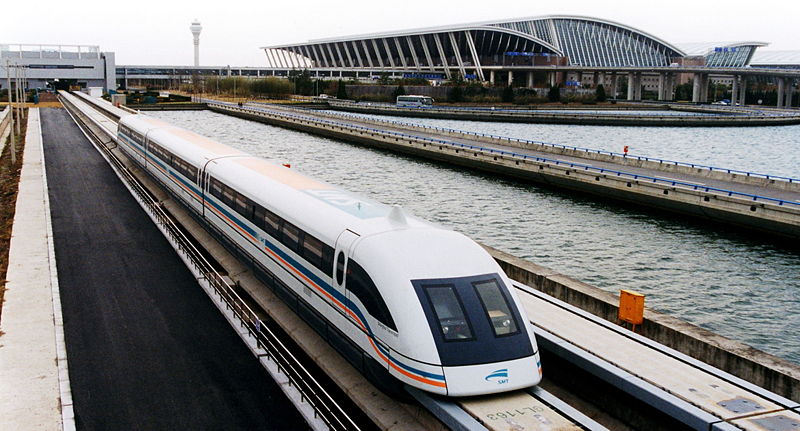
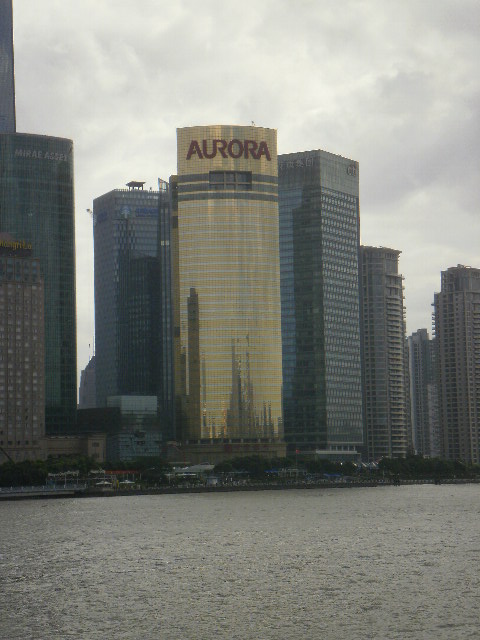

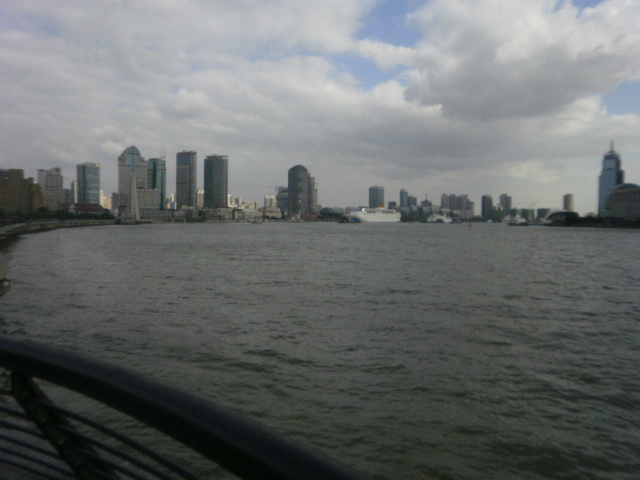

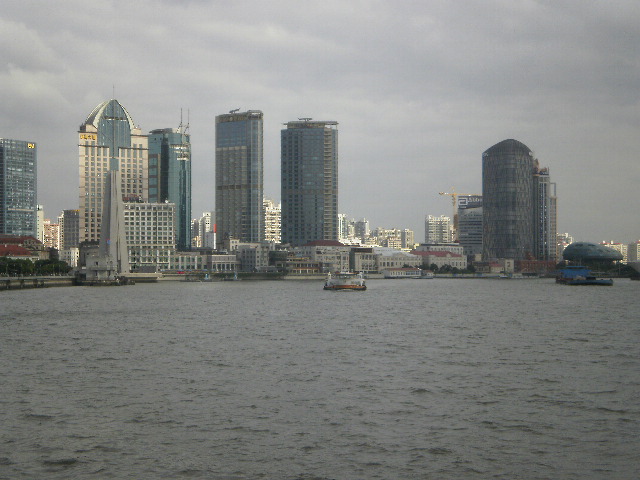
______________________________________________________________________________________
Huangpu River

Huangpu River and the Bund Pictures
Huangpu River, also known as Huangxiepu or Chunshen River, is a landmark of Shanghai, separating the city into two parts, Pudong and Puxi. With a total length of 113 km (70 mi) and a width of 300-770 m (984-2,526 ft), the river runs through over 10 districts in the city. It is regarded as the Mother River of Shanghai, serving multiple functions including drinking water, shipping, drainage, fishery and tourism. Several submarine tunnels and bridges have been built under and on the river to provide better transportation conditions. On both sides of the river, there gather various styles of architectures and essential scenery. Famous attractions like the Bund and Lujiazui Finance and Trade Zone are located along the river.
To enjoy the scenery along the river, the Bund on the west bank and Binjiang Avenue on the east bank are the top two places in the city. Binjiang Avenue is less crowded, but the Bund offers more beautiful scenery. On the Bund, there is a historical architectural complex lining along the road. It consists of abundant buildings in western styles built around 100 years ago, when Shanghai was partially working as a foreign settlement. On the east bank, Pudong, are the tall modern buildings constructed in recent decades. Pudong has become an important financial and commercial hub in the city, even China. The skyscrapers on the east and the classical architectures on the west are in sharp contrast, from which you can have a glimpse on the development of the city in the past century.
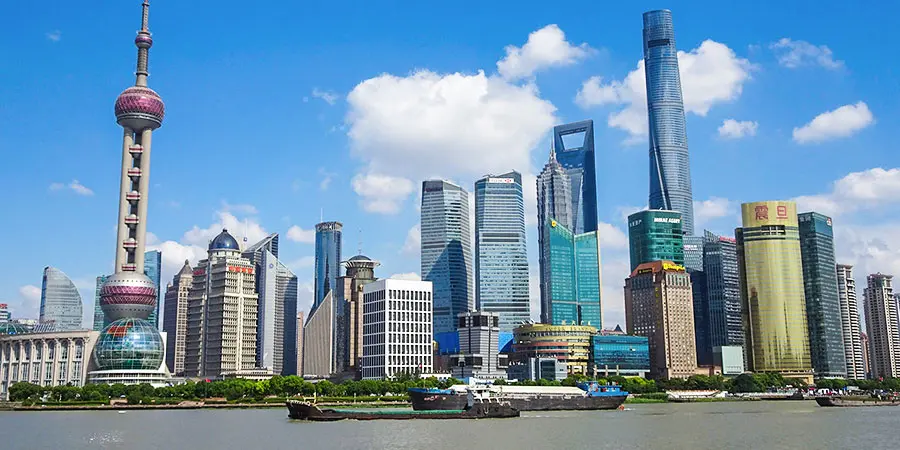 |  |
Across the river, there stand two bridges: Yangpu Bridge and Nanpu Bridge, like two big dragons lying over the water. Between the two bridges, there stands Oriental Pearl Tower in the center. From a bird’s-eye view, the whole picture is like two dragons playing with a pearl, which is one of the unique scenes of the river. Another famous bridge over the river is Waibaidu Bridge on the joint of Huangpu River and Suzhou Creek. It is the largest iron bridge in downtown Shanghai. With a history of hundreds of years, the bridge has witnessed the growth of the city. In a lot of old movies and photos of Shanghai, you can see the image of this bridge.
At Wusong Port, there is another special scene: tri-color water. It is the estuary where Huangpu River and Yangtze River meet and flow into the East Sea. The water of Huangpu River from downtown is steel grey, that of Yangtze River is yellow with sands, while that of the East Sea is green, together forming the scene of tri-color water mixture in the flood season.
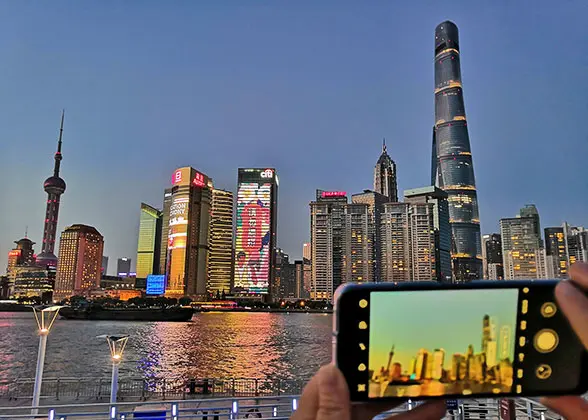 | 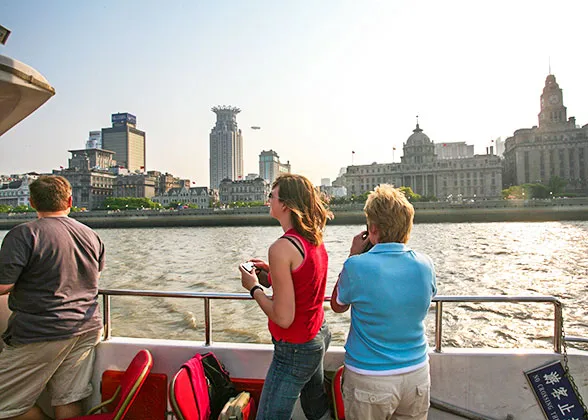 |
The best way to appreciate Huangpu River is to take a ship cruising on the river, especially in the evening. During the general journey of around 50 minutes, you can enjoy the sights on both sides of the river from a broad view on the cruise ship. At night, the lights are blazing, decorating the different styles of architectures standing on the banks, showing different beauty. If you don’t want to spend too much time cruising on a ship, you can also take a ferry to have a quick trip between Pudong and Puxi in around 15 minutes for a single journey.![]() See detailed Huangpu River Cruise
See detailed Huangpu River Cruise



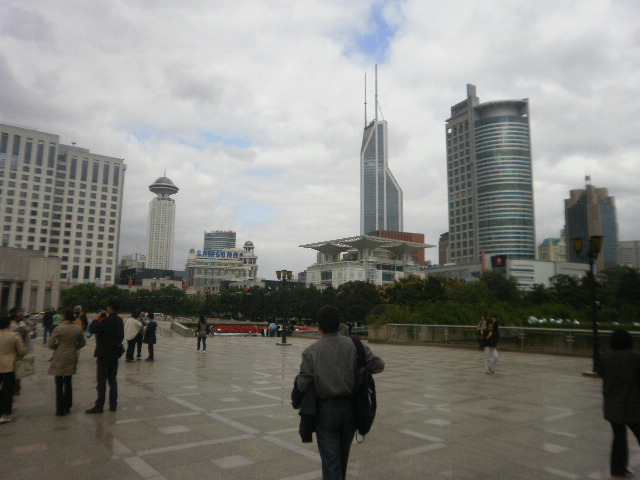
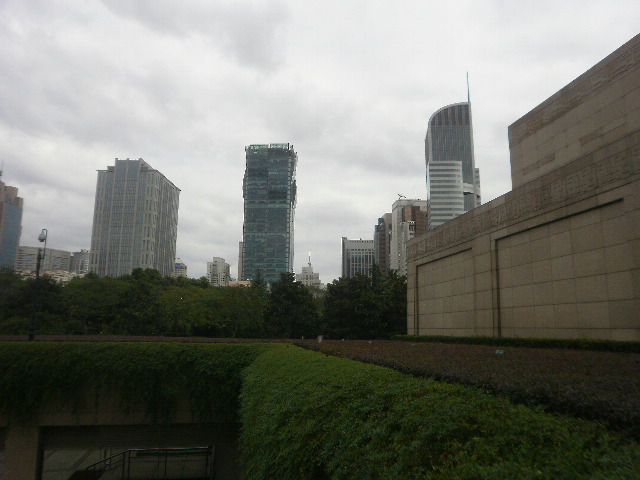


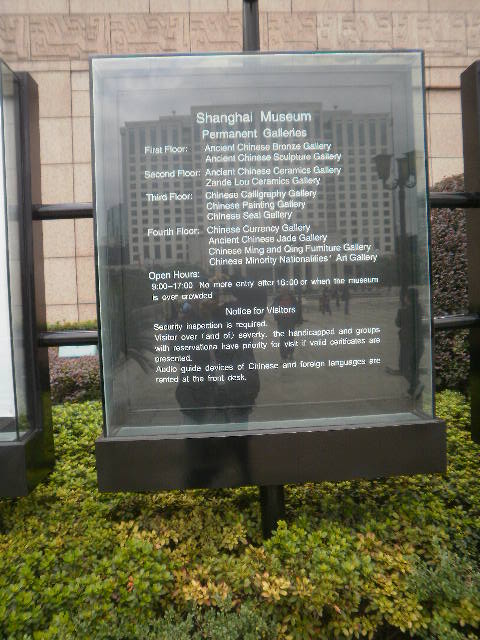

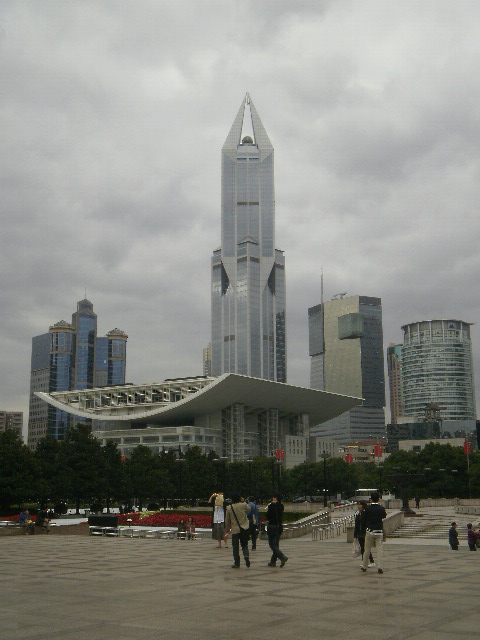

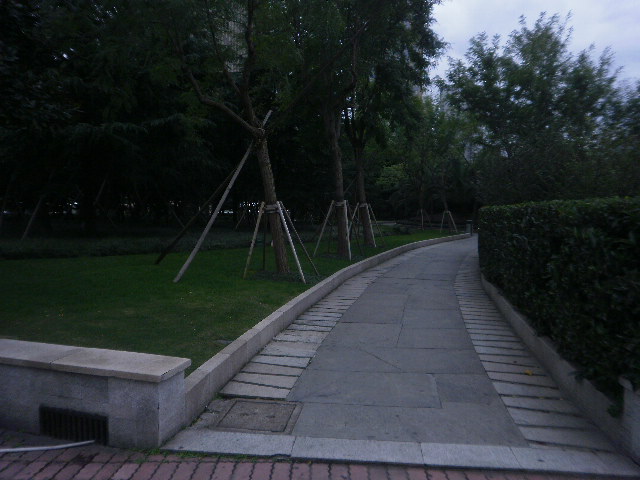
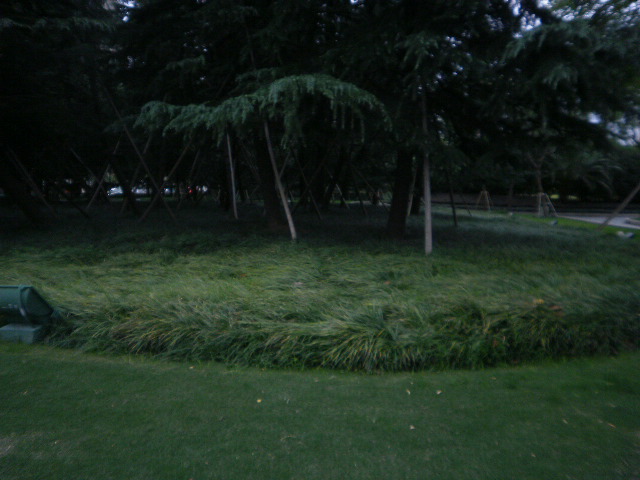
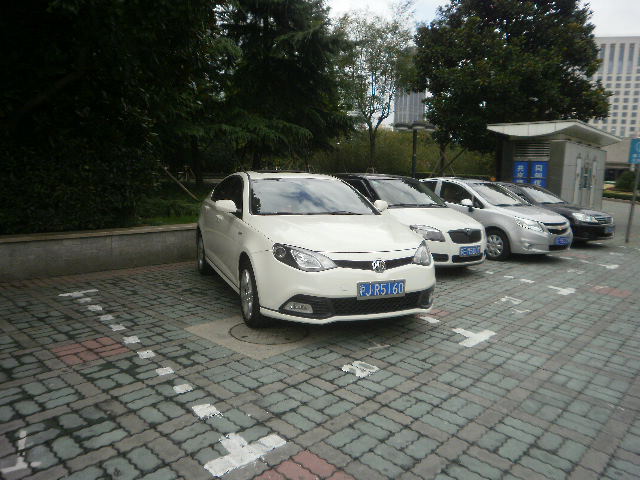
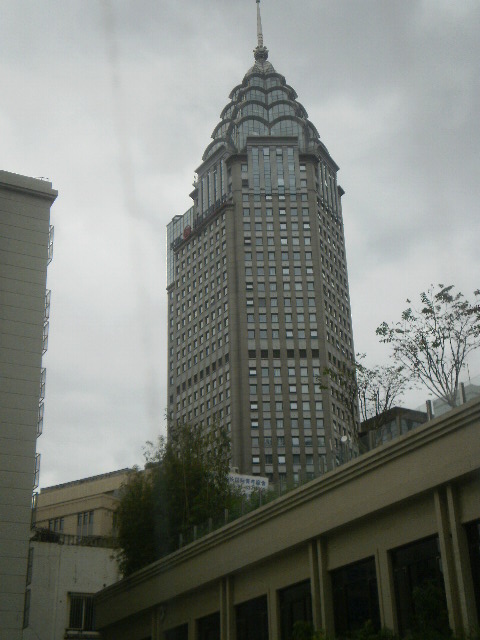

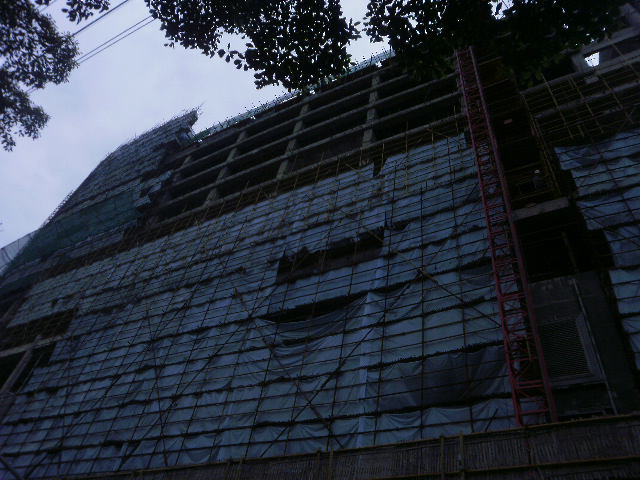

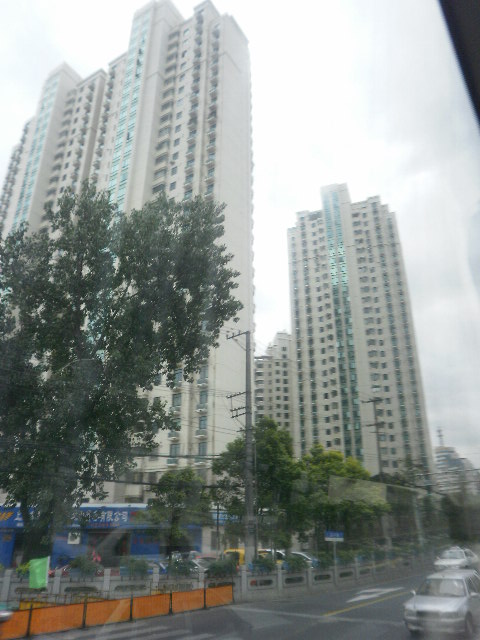
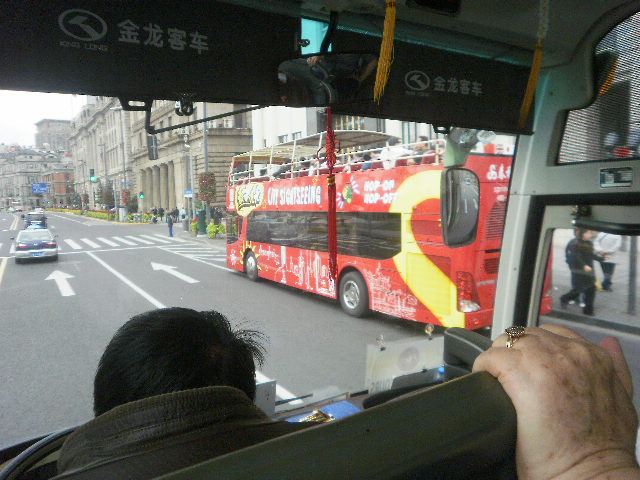
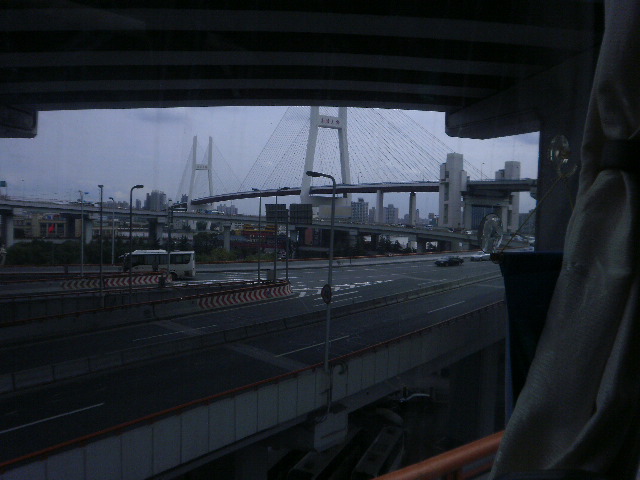

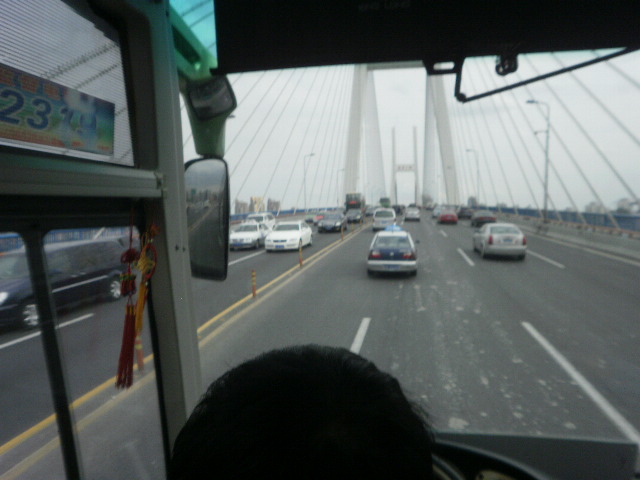
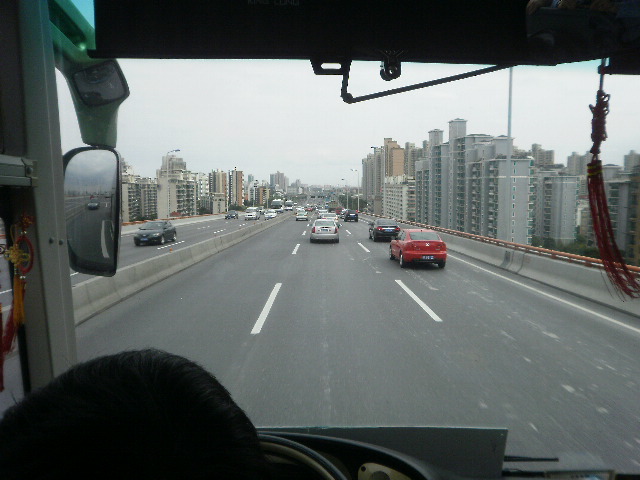
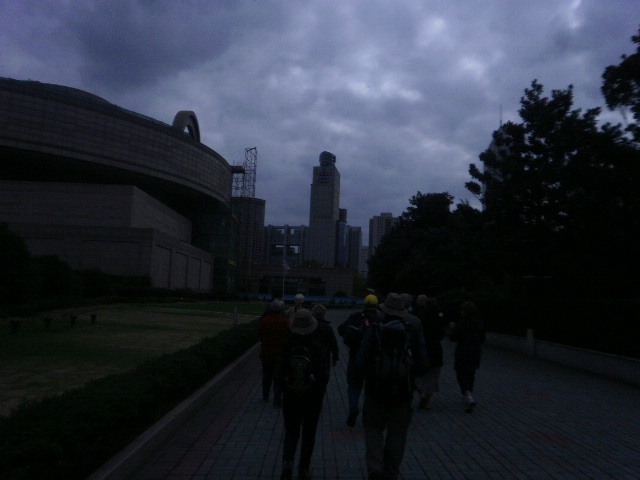
______________________________________________________________________________________
Shanghai World Financial Cente
From Wikipedia, the free encyclopedia
| Shanghai World Financial Center | |
The Shanghai World Financial Center. | |
| General information | |
| Status | Complete[1] |
| Type | Office, hotel, museum, observation, parking garage, retail |
| Location | 100 Century Avenue, Pudong, Shanghai, China |
| Coordinates | |
| Construction started | 1997 |
| Completed | 2008 |
| Opening | August 28, 2008 |
| Cost | RMB ¥ 8.17 billion (USD $ 1.20 billion) |
| Height | |
| Antenna spire | 494.4 m (1,622.0 ft) / 492.0 m (1,614.2 ft) |
| Roof | 487.4 m (1,599.1 ft)[2] |
| Top floor | 474.0 m (1,555.1 ft) |
| Technical details | |
| Floor count | 101 |
| Floor area | 381,600 m2 (4,107,500 sq ft) |
| Elevator count | 91 |
| Design and construction | |
| Main contractor | China State Construction Engineering Corp and Shanghai Construction (Group) General Co. |
| Architect | Kohn Pedersen Fox |
| Developer | Mori Building Co. |
| Structural engineer | Leslie E. Robertson Associates RLLP |
| References | |
| [3][4][5] | |
The Shanghai World Financial Center is a supertall skyscraper located in the Pudong district of Shanghai, China. It was designed by Kohn Pedersen Fox and developed by Mori Building. It is a mixed-use skyscraper, consisting of offices, hotels, conference rooms, observation decks, and ground-floor shopping malls. Park Hyatt Shanghai is the hotel component, containing 174 rooms and suites. Occupying the 79th to the 93rd floors, it is the second-highest hotel in the world, surpassing the Grand Hyatt Shanghai on the 53rd to 87th floors of the neighboring Jin Mao Tower.[6]
On 14 September 2007, the skyscraper was topped out,[7] at 492.0 meters (1,614.2 ft)[8] making it the second-tallest building in the world at the time, and the tallest structure in the People’s Republic of China prior to the construction of the nearby Shanghai Tower. It also had the highest occupied floor and the highest height to roof, two categories used to determine the title of “world’s tallest building”.
The SWFC opened on 28 August 2008, with its observation deck opening two days later. This observation deck, currently the world’s tallest, offers views from 474 m (1,555 ft) above ground level.[1]
The SWFC has been lauded for its design, and in 2008 it was named by architects as the year’s best completed skyscraper.[9][10]
| Contents [hide] |
History
Designed by American architectural firm Kohn Pedersen Fox, the 101-story tower was originally planned for construction in 1997, but work was temporarily interrupted by the Asian Financial Crisis in the late 1990s and later to accommodate design changes by Mori Building Co.. The building of the tower is financed by several multinational firms, including Chinese, Japanese, and Hong Kong banks, as well as by the Japanese developer and as-yet unnamed American and European investors. American investment bank Morgan Stanley is coordinating the financing for Mori Building.
[edit] Construction
The foundation stone was laid on 27 August 1997. In the late 1990s the Pierre de Smet Building Corporation had a fund shortage caused by the Asian financial crisis in 1997 to 1998, which halted the project after the foundations were completed. On 13 February 2003, the Mori Group increased the building’s height to 492 m and 101 stories from the initial plans for a 460 m (1,509 ft), 94-story building. The new building would use the foundation of the original design. The building construction resumed on 16 November 2003.[11]
The building reached its total height of 492 m on 14 September 2007 after installation of the final steel girder.[12] The final cladding panels were installed in mid June 2008, and elevator installation was finished in mid July 2008. On 17 July 2008 The Shanghai World Financial Center was completed and on 28 August 2008, the SWFC officially opened for business.[1] On 30 August 2008, the observation floors were opened to the public.
A fire broke out in the SWFC on 14 August 2007. The fire was first noticed on the 40th floor, around 16:30 (GMT +8), and soon the smoke was clearly seen outside the building. By 17:45, the fire had been extinguished. The damage was reported to be slight and nobody was injured in this accident.[13] The cause of the fire is still unknown, but according to some sources the preliminary investigation suggested workers’ electric weldings caused the fire.[14][15]
Architecture
There are three observation decks in Shanghai World Financial Center. The height of the lowest observation deck is 423 m (1,388 ft), on the 94th floor, the second is 439 m (1,440 ft) high, on the 97th floor, named “Observatory Bridge”, and the highest is 474 m (1,555 ft) high, on the 100th floor. [19] Admission ranges from RMB100 (USD15.40) for the 94th floor only, to RMB150 (USD23.10) for all three observation decks.
The most distinctive feature in the design of the building is an aperture at the peak. The original design specified a circular aperture, 46 m (151 ft) in diameter, to reduce the stresses of wind pressure,[16] as well as serve as a subtext for the design, since “Chinese mythology represents the earth with a square and the sky with a circle”.[16] It also resembled a Chinese moon gate due to its circular form in Chinese architecture. However, this initial design began facing protests from some Chinese, including the mayor of Shanghai, who considered it too similar to the rising sun design of the Japanese flag. Pedersen then suggested that a bridge be placed at the bottom of the aperture to make it less circular.[8] On 18 October 2005, KPF submitted an alternative design to Mori Building and a trapezoidal hole replaced the circle at the top of the tower, which in addition to changing the controversial design, would also be cheaper and easier to implement according to the architects.[5][17] In the eyes of some, the building resembles a giant bottle opener.[18] In fact, metal replicas of the building that function as actual bottle openers are sold in the observation deck gift shop.
The skyscraper’s roof height is set at 492 m, and has temporarily claimed the highest roof in the world. Before construction resumed on the roof, tower height was scheduled to be 509.2 m (1,671 ft) so the building would hold the title of the world’s tallest building (structural top) over the Taipei 101, but a height limit was imposed, allowing the roof to reach a maximum height of 492 m. Architect William Pedersen and developer Minoru Mori have resisted suggestions to add a spire that would surpass that of Taipei 101 and perhaps One World Trade Center, calling the Shanghai WFC a “broad-shouldered building”. The SWFC boasts a gross floor area of more than 377,300 m2 (4,061,200 sq ft), 31 elevators, and 33 escalators.
Awards
Shanghai World Financial Center was named by architects as the best skyscraper completed in 2008 receiving both the Best Tall Building Overall and Asia & Australasia awards from the Council on Tall Buildings and Urban Habitat (CTBUH).[9] CTBUH’s Carol Willis, head of New York’s Skyscraper Museum, states: “The simplicity of its form as well as its size dramatizes the idea of the skyscraper.”[9] Architect Tim Johnson noted its innovative structural design: “Steel trusses gird against the forces of wind and earthquake and made the building lighter, made it use less steel, and contributed to its sustainability.”[9] Johnson described the SWFC’s structure as “nothing short of genius.”[20]
________________________________________________________________________________________________
